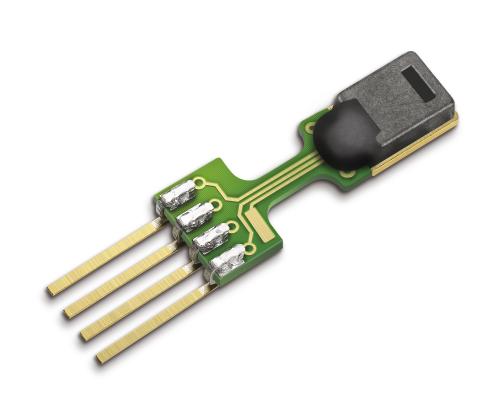Localization and mapping is the foundational technology for augmented reality (AR) that enables sharing and persistence of digital content in the real world. While significant progress has been made, researchers are still mostly driven by unrealistic benchmarks not representative of real-world AR scenarios. These benchmarks are often based on small-scale datasets with low scene diversity, captured from stationary cameras, and lack other sensor inputs like inertial, radio, or depth data. Furthermore, their ground-truth (GT) accuracy is mostly insufficient to satisfy AR requirements. To close this gap, we introduce LaMAR, a new benchmark with a comprehensive capture and GT pipeline that co-registers realistic trajectories and sensor streams captured by heterogeneous AR devices in large, unconstrained scenes. To establish an accurate GT, our pipeline robustly aligns the trajectories against laser scans in a fully automated manner. As a result, we publish a benchmark dataset of diverse and large-scale scenes recorded with head-mounted and hand-held AR devices. We extend several state-of-the-art methods to take advantage of the AR-specific setup and evaluate them on our benchmark. The results offer new insights on current research and reveal promising avenues for future work in the field of localization and mapping for AR.
翻译:本地化和绘图是扩大现实的基础技术,使数字内容能够在现实世界中共享和持久存在。虽然取得了显著进展,但研究人员仍然主要受到不切实际的基准驱动,这些基准并不代表现实世界AR情景。这些基准往往基于规模小的数据集,现场多样性低,从固定摄像机中采集,缺乏诸如惯性、无线电或深度数据等其他传感器输入。此外,他们的地面真实性大多不足以满足AR的要求。为了缩小这一差距,我们引入了LaMAR,这是一个具有全面捕获和GT管道的新基准,该基准由共同注册者在大片、不受限制的场景中不同AR装置所捕捉到的不切实际轨迹和传感器流。为了建立准确的GT,我们的管道以完全自动的方式将轨迹与激光扫描相匹配。结果,我们公布了一个由头顶和手持AR设备记录的不同和大比例场景记录的基准数据集。我们推广了几种最新的最新方法,以利用AR具体设定的定位和感测图,并评估了我们未来实地的图像。




